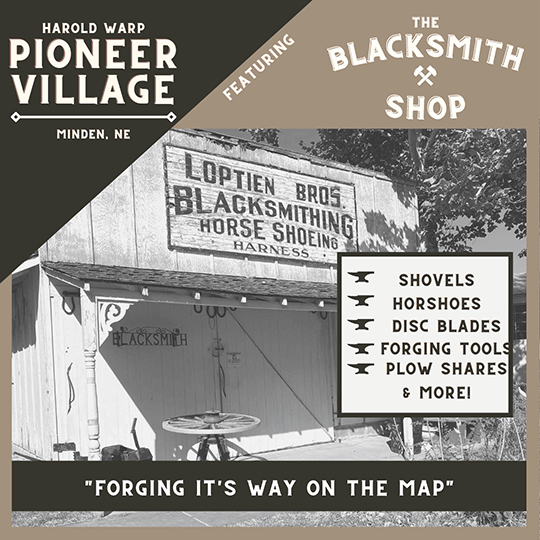Blacksmithing, the art of forging iron to make tools using extreme heat and force, can be thought of as one of the most important trades known to mankind. Tracing back to 1500 BC, the art of blacksmithing has been vital for the growth of what our society has become today. Blacksmithing is most well-known from the medieval time period. This was when every town had their own skilled blacksmith to create everyday essentials for the locals. Of course back then, along with tools, blacksmiths were also in charge of making weapons. As the years went on, the trade strayed away from forging weaponry and focused on making the tools and equipment we still use today.
The blacksmithing trade contains four major processes which have been improved upon over the decades but still use the same concepts. These processes are heating, holding, hitting, and shaping. In simple words, a blacksmith would heat a metal to high temperatures, hold it safely with the proper tools, and then hit and shape the metal to the desired outcome, such as a horseshoe. The Harold Warp Pioneer Village in Minden, Nebraska gives you a chance to experience a little of what this historic trade is all about and how it relates to the way of life from yesteryear.
This blacksmith shop in Pioneer Village allows you to travel back and take a look at how important it was in the development for early settlers in America. Unfortunately, there are no swords or suits of armor being made to battle around with but, nonetheless, the littlest kind of steel work done here will leave you in awe. Most of the blacksmithing done back then in this part of the country was made for farmers. Examples of popular items that were forged are horseshoes, plow shares, disc blades, shovels, or anything a customer might have needed that was made of metal. In the summer months at Pioneer Village, visitors can purchase items that were forged right there in building 21 to take home as souvenirs.
This blacksmith shop was originally bought on September 13, 1951 in Elm Creek, Nebraska for only 300 dollars. It was then brought over and placed strategically in Pioneer Village’s circle of museums to fit in perfectly, showcasing the early century trade workings. Original restoration was done in February of 1960 by family members and workers at Pioneer Village to make the blacksmith shop match the historical vibe all the other exhibits project. A monkey wrench display done at that time is still up and viewable to every guest who visits the shop. Now, the blacksmith shop is decorated with all kinds of tools that are essential in the process of blacksmithing. As you visit, you can step inside and see all the tongs, hammers, anvils, and other equipment that were not only used back then but can also still be used today.


Recent Comments